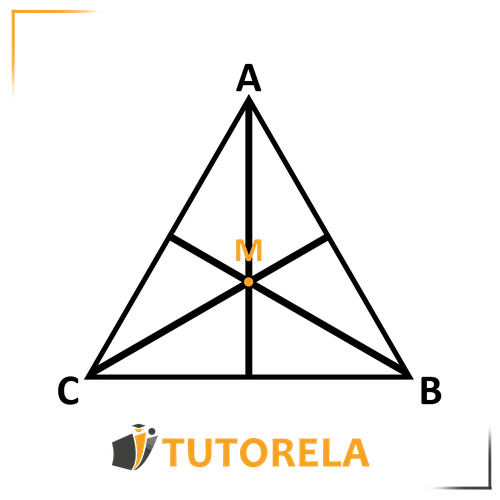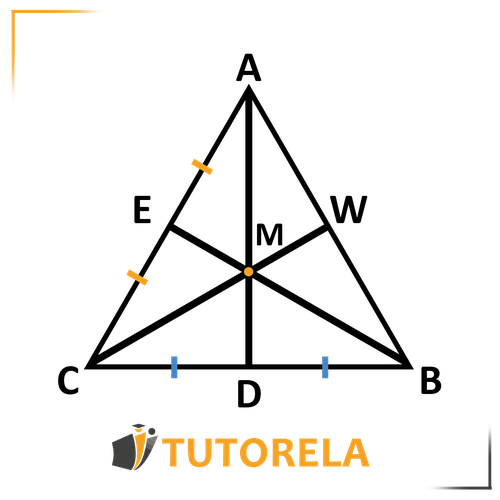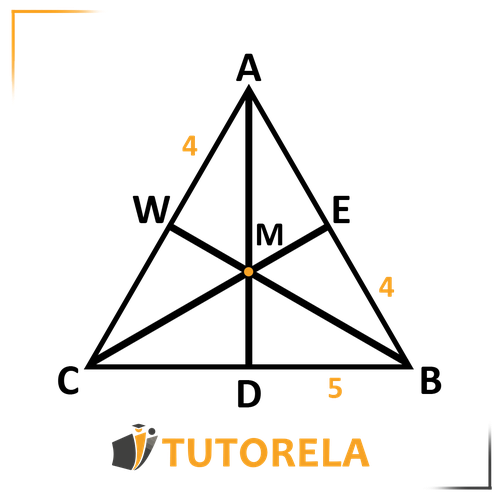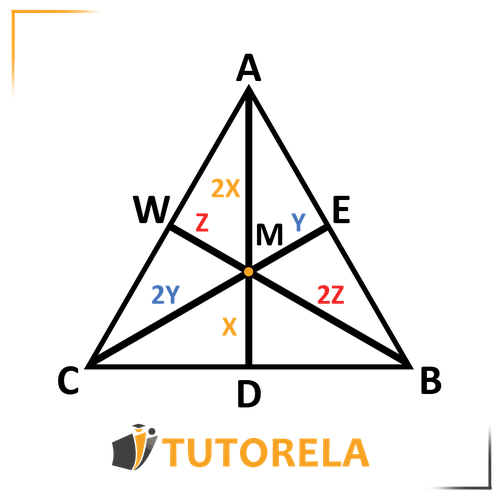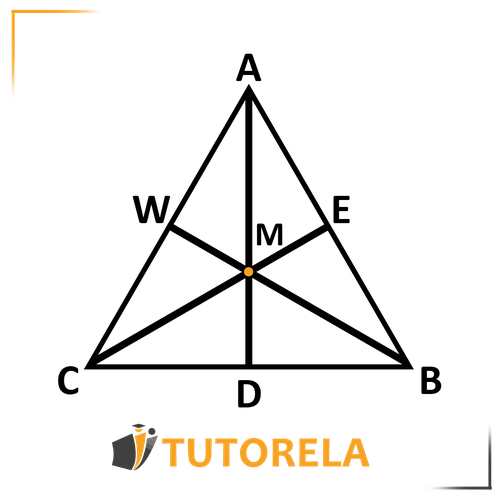Fill in the blanks:
In an isosceles triangle, the angle between two ___ is called the "___ angle".
In order to solve this problem, we need to understand the basic properties of an isosceles triangle.
An isosceles triangle has two sides that are equal in length, often referred to as the "legs" of the triangle. The angle formed between these two equal sides, which are sometimes referred to as the "sides", is called the "vertex angle" or sometimes more colloquially as the "main angle".
When considering the vocabulary of the given multiple-choice answers, choice 2: sides,main accurately fills the blanks, as the angle formed between the two equal sides can indeed be referred to as the "main angle".
Therefore, the correct answer to the problem is: sides,main.
